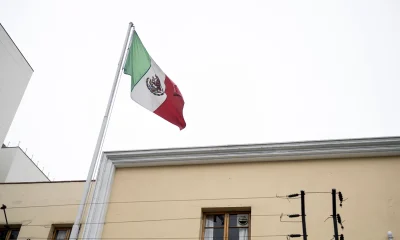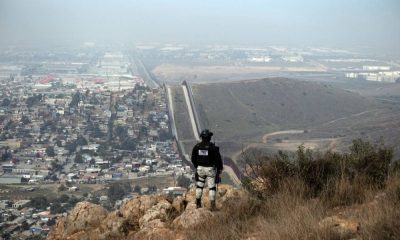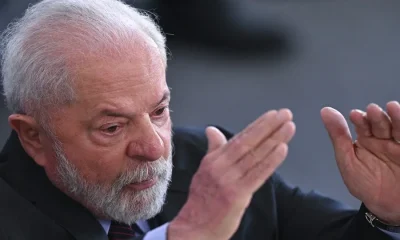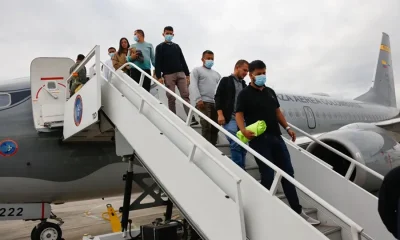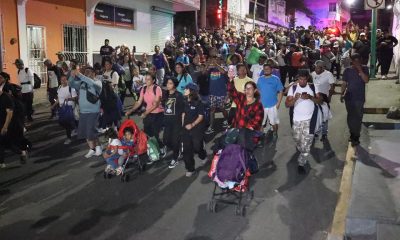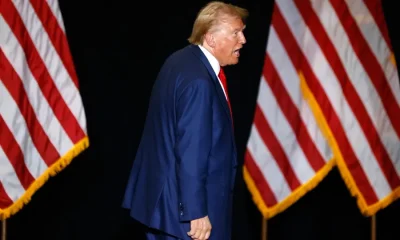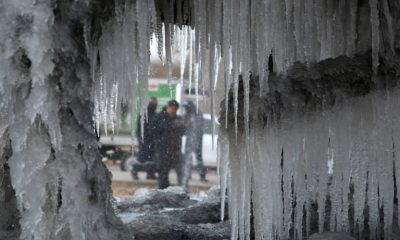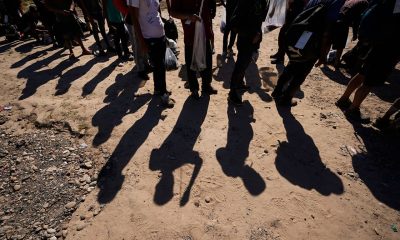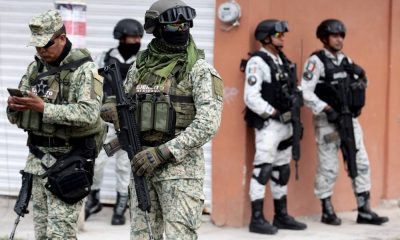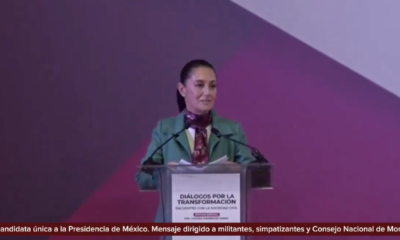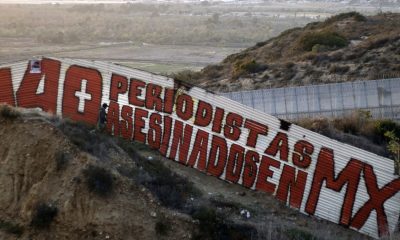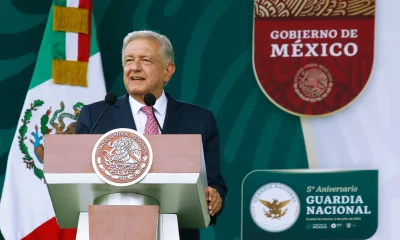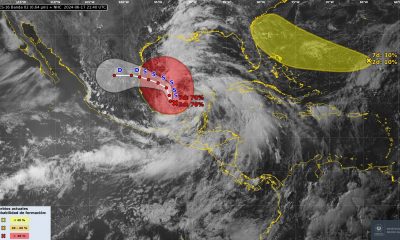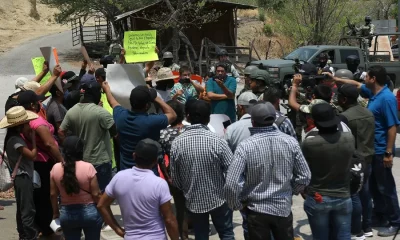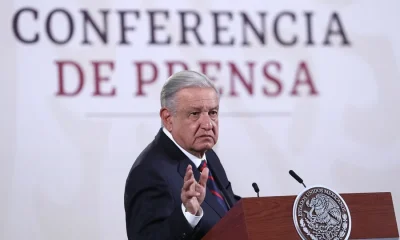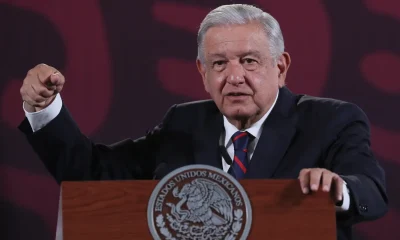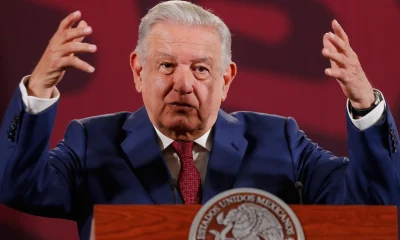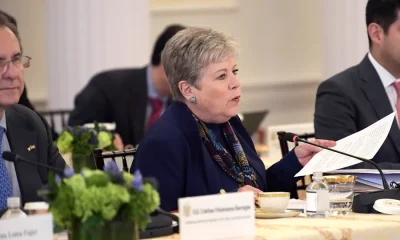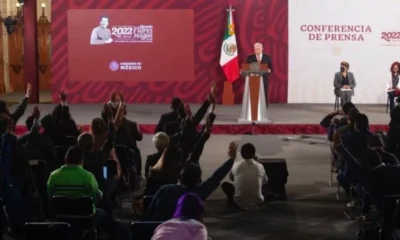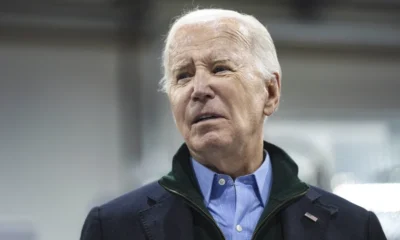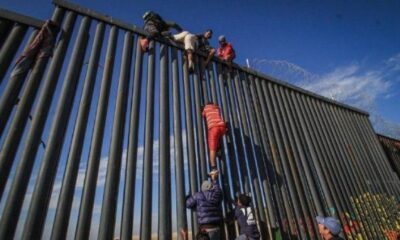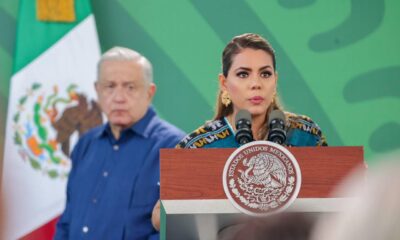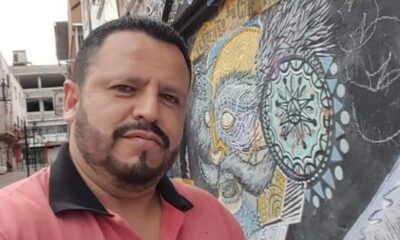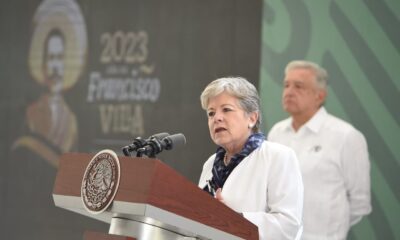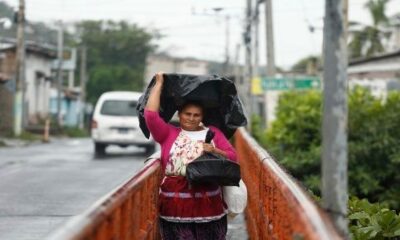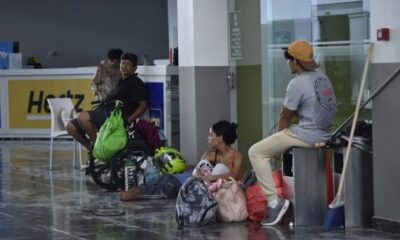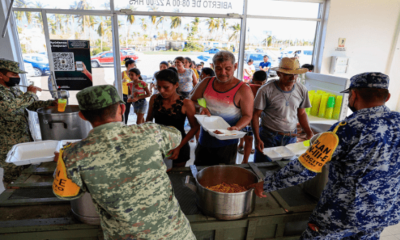International
Thousands of Mexicans are unable to vote in the United States in front of an overflowing electoral body
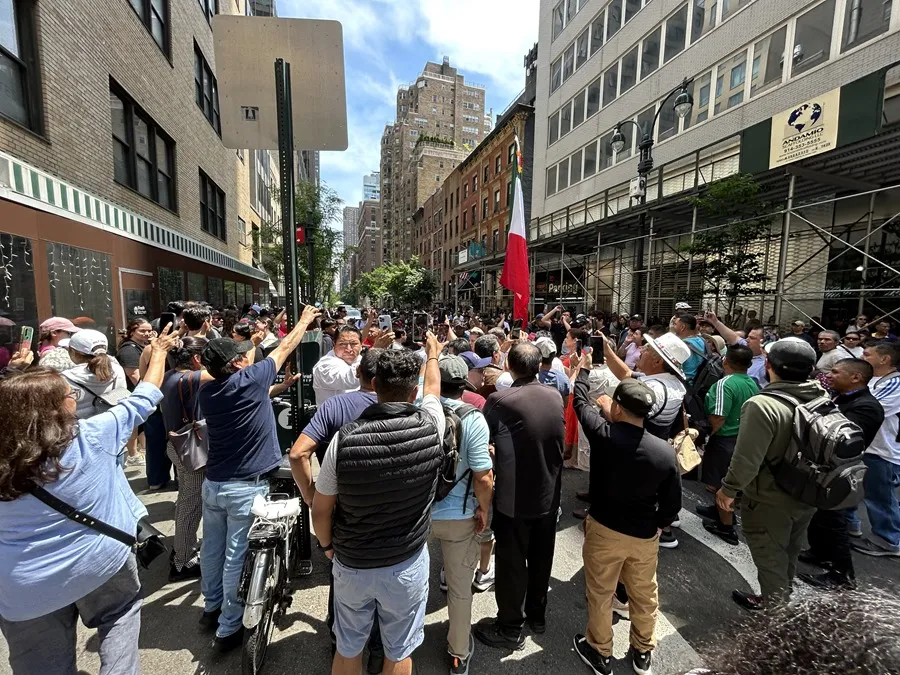
Thousands of Mexicans living in the United States were left without being able to vote, despite long lines at the consulates throughout the day, due to the deficiencies of a slow electronic system and the lack of enough boxes to be able to vote, which evidenced the failures of an overflowing National Electoral Institute (INE) of Mexico.
The twenty operating consulates in the country, in which it has been possible to vote in person for the first time on the same day of the elections, have been overtalken by the thousands of citizens who wanted to exercise their right to vote in the largest elections in history, with 97 million people called to the polls.
According to the INE, 258,461 people will be able to exercise their vote from abroad in these elections, the majority residing in the United States. Outside the country, there are only three operational consulates in which it has been possible to vote today: Madrid, Paris and Montreal.
Despite the fact that it was possible to vote by mail and electronically in the previous weeks, there have been many who have preferred to approach the consulates of cities such as Los Angeles, New York or Washington, which have been completely overwhelmed, as EFE found.
In the US capital, the doors closed at 8:00 p.m. local time, 6:00 p.m. Mexican time, the same time they closed in the Latin American country, among the booing of people who demanded that voting hours be extended.
A request that did not materialize. “By INE regulations we can’t extend ourselves any longer,” explained the president of the box, Daniel Álvarez, in front of a row of people who could not vote and who were going around the block.
The problems have been several. The main one, explained this morning to EFE the representative of the INE in the US capital, Ricardo Sánchez, the slowness and difficulty of some people to use the recently released electronic system, with tablets as the only option to vote.
With half an hour to go before the closure of this consulate, which only had five tables installed, 640 people had voted, 255 who had already registered and 385 not registered.
That has been another of the problems, which the population was encouraged to go to vote despite not being registered and the influx has been much greater than expected.
International
Police investigate deaths of Rob Reiner and wife as apparent homicide

The Los Angeles Police Department (LAPD) is investigating the deaths of Hollywood actor and filmmaker Rob Reinerand his wife as an “apparent homicide,” amid a wave of tributes to the director of classics such as When Harry Met Sally.
According to U.S. media reports on Sunday, Rob Reiner and Michele Singer Reiner were found dead at their Los Angeles mansion with what appeared to be stab wounds.
Several political figures shared messages of condolence following the reported deaths of the director of A Few Good Menand his wife.
While the LAPD did not officially confirm the identities of the victims, it stated that homicide detectives were dispatched to the Reiner residence.
“At this time, no additional details are available and the investigation into an apparent homicide is ongoing,” the Los Angeles Police Department said in a statement posted on social media.
LAPD Deputy Chief Alan Hamilton told reporters that no arrests have been made and that no individuals are currently being questioned as suspects.
“I’m not going to confirm whether anyone is being questioned at this moment or not. We are going to try to speak with as many family members as we can,” Hamilton said.
CNN reported that a family spokesperson confirmed the deaths of Reiner and his wife.
California Governor Gavin Newsom, former U.S. President Barack Obama, and former Vice President Kamala Harrisissued statements expressing their condolences.
International
U.S. and Mexico Reach Deal to Address Water Deficit Under 1944 Treaty
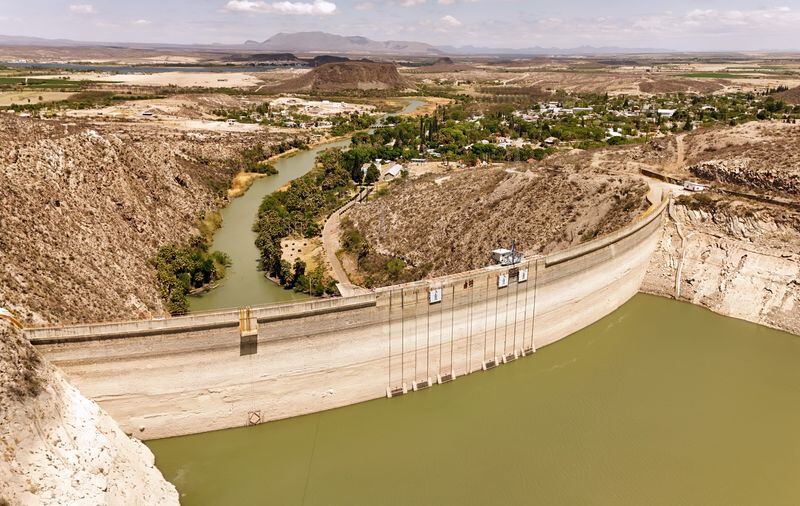
The United States and Mexico have reached an agreement to comply with current water obligations affecting U.S. farmers and ranchers and for Mexico to cover its water deficit to Texas under the 1944 Water Treaty, the U.S. Department of Agriculture said in a statement.
The department уточified that the agreement applies to both the current cycle and the water deficit from the previous cycle.
On Monday, U.S. President Donald Trump accused Mexico of failing to comply with the water-sharing treaty between the two countries, which requires the United States to deliver 1.85 billion cubic meters of water from the Colorado River, while Mexico must supply 432 million cubic meters from the Rio Grande.
Mexico is behind on its commitments. According to Washington, the country has accumulated a deficit of more than one billion cubic meters of water over the past five years.
“This violation is severely harming our beautiful crops and our livestock in Texas,” Trump wrote on Monday.
The Department of Agriculture said on Friday that Mexico had agreed to supply 250 million cubic meters of water starting next week and to work toward closing the shortfall.
Agriculture Secretary Brooke Rollins, quoted in the statement, said Mexico delivered more water in a single year than it had over the previous four years combined.
Trump has said that if Mexico continues to fall short of its obligations, the United States reserves the right to impose 5% tariffs on imported Mexican products.
Mexico’s Deputy Foreign Minister for North America, Roberto Velasco, said that a severe drought in 2022 and 2023prevented the country from meeting its commitments.
International
Several people shot in attack on Brown University campus

Several people were shot on Saturday in an attack on the campus of Brown University, in the northeastern United States, local police reported.
“Shelter in place and avoid the area until further notice,” the Providence Police Department urged in a post on X. Brown University is located in Providence, the capital of the state of Rhode Island.
U.S. President Donald Trump said on his social media platform Truth Social that he had been briefed on the situation and that the FBI was on the scene.
At 5:52 p.m. local time (11:52 p.m. GMT), Brown University said the situation was still “ongoing” and instructed students to remain sheltered until further notice.
After initially stating that the suspect had been taken into custody, Trump later posted a second message clarifying that local police had walked back that information. “The suspect has NOT been apprehended,” the U.S. president said.
-
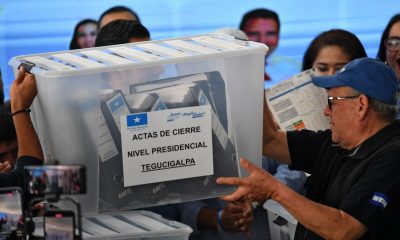
 Central America4 days ago
Central America4 days agoHonduras election crisis deepens as CNE president denounces intimidation attempts
-

 International4 days ago
International4 days agoCuba battles out-of-control dengue and chikungunya epidemic as death toll rises to 44
-
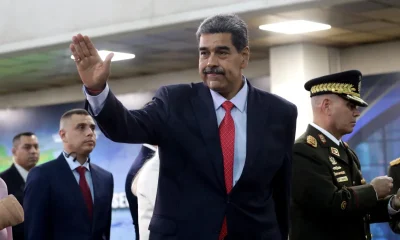
 International4 days ago
International4 days agoColombia says it would not reject Maduro asylum request as regional tensions escalate
-

 International21 hours ago
International21 hours agoPolice investigate deaths of Rob Reiner and wife as apparent homicide
-

 International3 days ago
International3 days agoSeveral people shot in attack on Brown University campus
-
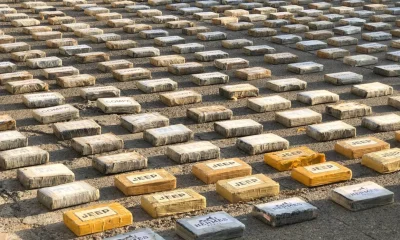
 Central America1 day ago
Central America1 day agoPanama seizes over three tons of drugs hidden in Caribbean port container
-

 Central America21 hours ago
Central America21 hours agoOAS urges swift recount in Honduras as election results remain uncertain
-
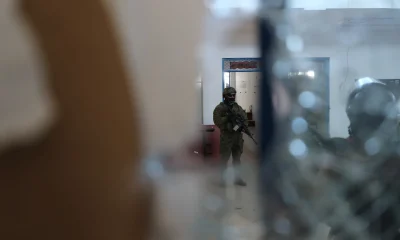
 International4 days ago
International4 days agoEcuador on track for record violence as homicides hit highest level in Latin America again
-
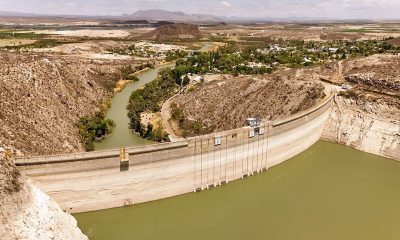
 International2 days ago
International2 days agoU.S. and Mexico Reach Deal to Address Water Deficit Under 1944 Treaty

























